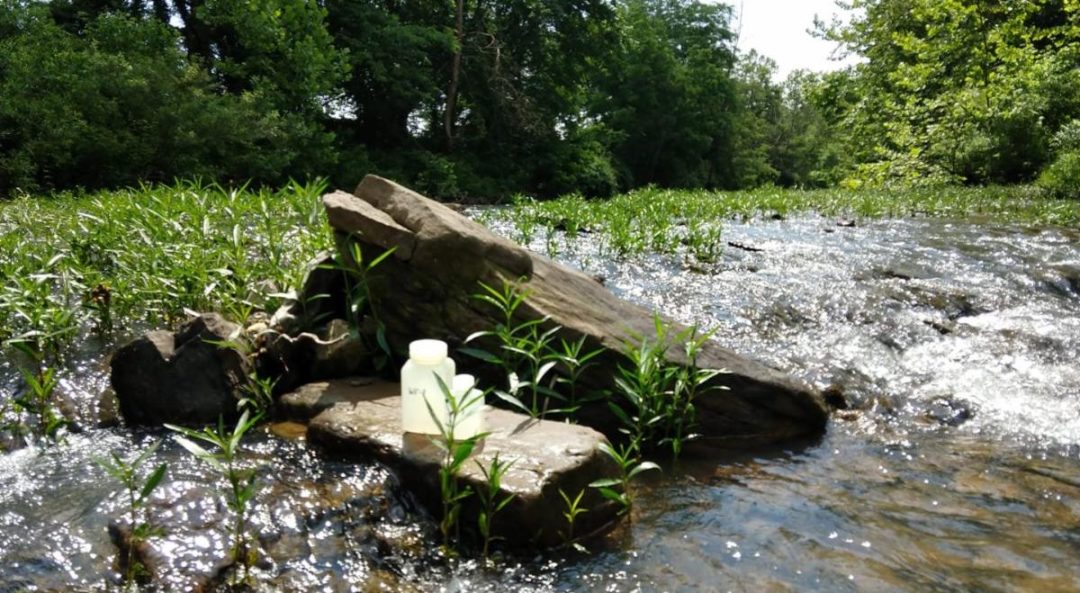West Fork White River RCPP Fact Sheet
EPA Highlights West Fork White River Water Quality Improvement Success – AR Dept of Agriculture Press Release:
The Arkansas Department of Agriculture’s Natural Resources Division is pleased to announce that water quality improvement efforts on the West Fork White River that resulted in the river’s removal from the state’s impaired waterbodies list are featured in the Environmental Protection Agency’s (EPA) July 2022 Success Story publication. The success story highlights the efforts of the Watershed Conservation Resources Center, Beaver Watershed Alliance, Beaver Water District, and the Arkansas Water Resources Center, with funding from the Natural Resources Division.
The article and short videos highlighting this accomplishment can be found at agriculture.arkansas.gov/naturalresources/divisions/water-management/nonpoint-source-management/
To be eligible as an EPA success story, there must be documentation of a waterbody’s improvement or removal from a state’s impaired waterbodies list. A total of 27.2 miles of the West Fork White River has been impaired since 1998 due to high levels of sediment and turbidity. As of 2018, the uppermost 16.5 miles of the river met the state’s water quality criterion for the first time since 1998.
The West Fork White River along with the Middle and East Fork White Rivers are among the major tributaries to the upper portion of Beaver Lake. Beaver Lake serves nearly 1 in 6 Arkansans with drinking water. With increased loss of vegetated stream buffers comes an increased streambank instability and erosion. This erosion increases suspended sediment downstream which poses a significant risk to surface water intakes. Erosion and sediment are the leading source and cause of water quality pollution in Arkansas and across the nation.
Draft lists of impaired waterbodies within Arkansas are submitted to the EPA by the Arkansas Department of Energy and Environment which is currently working to submit the draft 2022 list. Once a new list is approved by the EPA, the Arkansas Department of Agriculture will continue to work with all partners to implement conservation practices and water quality monitoring effort to better inform future water impairment listings and to highlight water quality improvements.


Recent Comments